Sheet by: Isabella Insolvibile
General data
Town: Piacenza
Province: Piacenza
Region: Emilia-Romagna
Location/Address: Collegio Morigi (via Giuseppe Taverna 37), Collegio Alberoni (San Lazzaro) - Piacenza
Type of camp: Military hospital
Intended to: Officers; NCOs; Troops
Local jurisdiction: Difesa Territoriale Milano
Railroad station: Piacenza
Accommodation: military quarters
Capacity: roughly 230
Operating: from 06/1941 to 08/09/1943
Commanding Officer: Major, then Lt. Col. Siro Farina (? -?); Col. Giuseppe D’Ambrosio (? -?).
Brief chronology:
Beginning of 1942: Allied PoWs were hospitalised in Piacenza.
September 1943: eight Indian PoWs, who escaped from the Germans, were hospitalised in Piacenza.
8 September 1943: the PoWs in the hospital were most likely transferred to Germany.
Allied prisoners in the Piacenza camp
| Date | Generals | Officers | NCOs | Troops | TOT |
| 1.3.1942 | 12 | 10 | 49 | 71 | |
| 1.4.1942 | 18 | 12 | 67 | 97 | |
| 1.5.1942 | 10 | 3 | 25 | 38 | |
| 1.6.1942 | 7 | 2 | 26 | 35 | |
| 1.7.1942 | 5 | 26 | 175 | 206 | |
| 1.8.1942 | 32 | 30 | 274 | 336 | |
| 1.9.1942 | 26 | 21 | 179 | 226[1] | |
| 30.9.1942 | 20 | 14 | 147 | 181[2] | |
| 31.10.1942 | 22 | 16 | 170 | 208[3] | |
| 30.11.1942 | 32 | 20 | 224 | 276[4] | |
| 31.12.1942 | 30 | 18 | 282 | 330[5] | |
| 31.1.1943 | 23 | 17 | 239 | 279[6] | |
| 28.2.1943 | 23 | 14 | 207 | 244[7] | |
| 31.3.1943 | 15 | 12 | 147 | 174[8] | |
| 30.4.1943 | 7 | 12 | 126 | 145[9] | |
| 31.5.1943 | 7 | 12 | 116 | 135[10] | |
| 30.6.1943 | 8 | 12 | 121 | 141[11] | |
| 31.8.1943 | 4 | 15 | 214 | 233[12] |
Camp’s overview
Piacenza military hospital was established in two buildings that housed seminaries for religious education and school support. Collegio Alberoni was intended mainly for PoWs from the Balkans and Italian soldiers, while Collegio Morigi was earmarked for Allied PoWs and some severe cases, such as men wounded in combat. The latter college had already been used as a hospital during the First World War. D. Vannucci noted that:
The hospitals held PoWs from June 1941. At first these were Greeks and Yugoslavians and then, starting in 1942, Allied PoWs arrived in Piacenza, especially, as mentioned, at the Morigi. The Red Cross and the Protecting Power delegates inspected the hospitals many times between 1942 and 1943, and their reports were positive. The patients appeared to be well treated and a big part of this was due to the fact that, in Piacenza, the heating system worked. There were shortages of clothes and shoes and, in time, medicine as well, especially quinine.
In September 1943, eight Indian prisoners were hospitalised in Piacenza. They were held by the Germans who had brought them to Genoa in the previous July for work. However, since their job was clearly in support of the Axis war effort (they had to unload ammunition crates from ships), the soldiers refused to work and were severely beaten by their captors. About 50 of them had been loaded on a train and deported to Germany, but eight of them had managed to escape. However, since they were wounded, they were quickly recaptured and then brought to Piacenza.
When the southern hospitals were closed, Piacenza received more patients, especially from Caserta and Altamura. The local population was convinced that it was thanks to the presence of Allied PoWs in the city that it was not bombed by the Allies until May 1944.
After 8 September 1943, there are no sources on the patients’ fate. It is likely they were all deported to Germany.
After the war, the two collegi continued to be used as military and civilian hospitals. In 1950 they returned to their original function. Today, Collegio Alberoni is both a seminary and a museum, while Collegio Morigi is a university student hall and a centre to support students of all levels in their education.
Archival sources
- Archivio Centrale dello Stato, Ministero dell’Interno, Direzione Generale Pubblica Sicurezza, A5G, II GM, bb. 116, 117, 118 e 140, Verbali e Notiziari della Commissione Interministeriale per i Prigionieri di Guerra
- Archivio Centrale dello Stato, Ministero dell’Aeronautica, Gabinetto, b. 70, Verbali e Notiziari della Commissione Interministeriale per i Prigionieri di Guerra
- Archivio Centrale dello Stato, Onorcaduti, b. 1
- Archivio Ufficio Storico Stato Maggiore dell’Esercito, H8, b. 79
- Archivio Ufficio Storico Stato Maggiore dell’Esercito, L10, b. 32
- The National Archives, WO 224/152, 162, 163
- The National Archives, WO 361/1926
- The National Archives, FO 916/369
Bibliography
- Insolvibile I., I prigionieri alleati in Italia 1940-1943, tesi di dottorato, Dottorato in "Innovazione e Gestione delle Risorse Pubbliche", curriculum “Scienze Umane, Storiche e della Formazione”, Storia Contemporanea, Università degli Studi del Molise, anno accademico 2019-2020,
- Minardi M. (a cura di), Prigionieri in Italia. Militari alleati e campi di prigionia (1940-1945), Parma, MUP, 2021
- Vannucci D., I campi per prigionieri di guerra nel territorio piacentino durante la Seconda guerra mondiale, Rezzanello, Cortemaggiore, Veano e Montalbo, Piacenza, Tip.Le.Co., 2018
